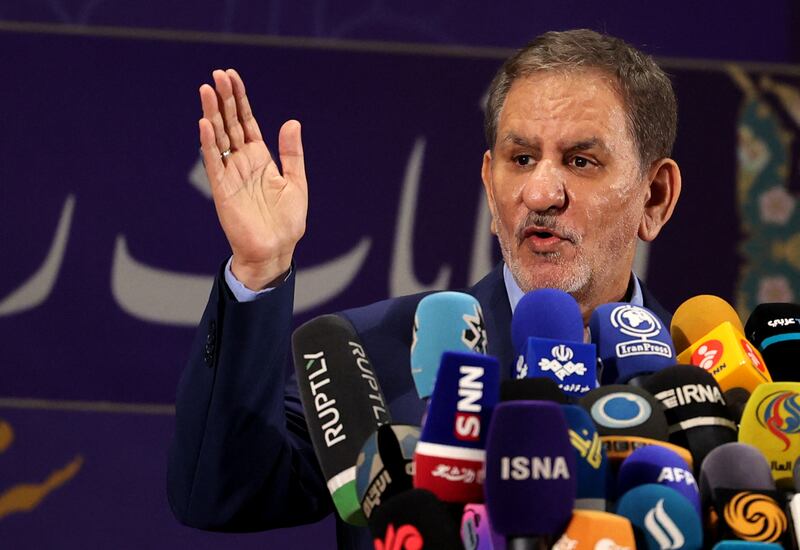Iran has sent an official delegation to the south-western province of Khuzestan following widespread protests over water shortages, which entered a second night of unrest on Friday evening.
One protester was shot dead, according to state media, Irna. A local government official blamed protesters for his death.
Videos posted online showed police opening fire to disperse crowds marching through the streets on Thursday night. Protesters blocked roads with burning tyres and anti-riot police tussled with demonstrators, the videos showed.
Police also fired shotguns in one video, although it was not clear if they were using live ammunition or the less lethal “beanbag rounds” used for crowd dispersal.
Other videos on social media apparently showed protests in several Khuzestan towns, including Susangerd, Mahshahr and Hamidiyeh as well as Shadegan.
Farsi-language media based abroad said security forces had cracked down on protesters demonstrating against severe water shortages on Thursday, but domestic media played down the reports.
Khuzestan provincial governor Qassem Soleimani Dashtani denied on state television protests took place.
State television and Iran's Tasnim news agency reported Friday that First Vice President Eshaq Jahangiri had sent the deputy energy, agriculture and budget ministers to Ahvaz, the Khuzestan regional capital, to "immediately tackle" the water shortages.
Khuzestan MP Abdollah Izadpanah warned on Friday that "Khuzestan's insecurity means a lack of security for the whole country."
He blamed the water shortages on "mistakes and unjustified decisions" such as the extraction of water from Khuzestan's rivers to other provinces, state-affiliated Isna reported.
The protests come as Iran experiences power shortages that have caused rolling blackouts in the capital Tehran and other major cities. Officials have blamed summer heat, the effect of a drought on hydropower generation and surging energy demand.
Power cuts in the peak summer months are not uncommon in Iran. But a government report this month said precipitation was down 43 per cent compared to the long-term average, and warned of reduced water supplies for the year.
Iran is also struggling with repeated waves of coronavirus infections and strikes by thousands of workers in its oil industry demanding better wages and conditions.
Oil-rich Khuzestan is one of the few areas in mainly Shiite Iran to have a large Sunni Arab minority, which has frequently complained of marginalisation.
In 2019, the province was a hotspot of nationwide anti-government protests sparked by an increase in fuel prices. Hundreds of people were killed during less than two weeks of unrest that started in November that year, according to tallies given by Iranian officials to Reuters.







